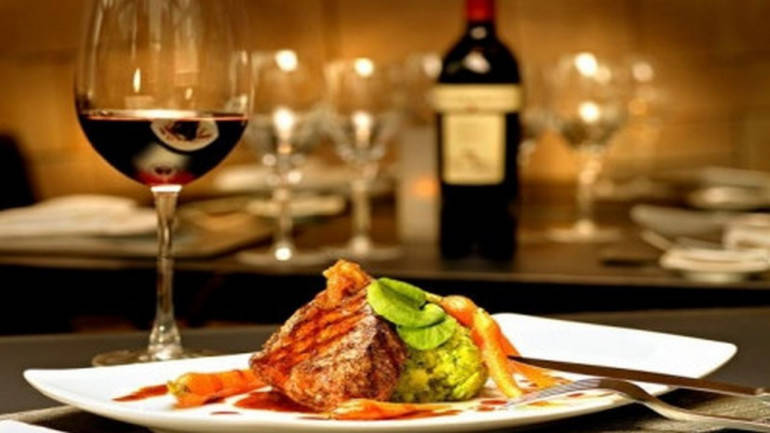For sustainable growth, developers will need to develop F&B spaces by ensuring their strategies match with the unique requirements of F&B operators
Almost 60 percent of restaurants in the country are located on high streets vis-a-vis 29 percent in malls. This is largely due to favourable rentals on high-streets, organic expansion opportunities and limited availability of quality space in malls, says a new report by CBRE South Asia Pvt. Ltd titled Food for Thought.
The real estate sector has an important role to play in the growth of the F&B segment in India. For sustainable growth, developers will need to develop F&B spaces by ensuring their strategies match with the unique requirements of F&B operators. Creating flexible/customisable spaces, making F&B integral to the planning stage of shopping centres, having an optimum mix of restaurants and increased collaborating with F&B operators are likely to play a critical role in ensuring sustainable growth, says the report.
The survey conducted among over 1,200 restaurants in key locations in Delhi-NCR, Mumbai and Bengaluru says that nearly 82 percent of the restaurants in these three cities are domestic standalone outlet/chains, while the rest 18 percent restaurants being of international origin.
A significant development that has taken place over the past few years has been the emergence of F&B clusters in the country, the report says. While such clusters have been in existence in the past in local markets of cities, the format has evolved in recent years resulting in the establishment of dedicated retail developments for food across key cities. Most restaurants in F&B clusters are by established domestic and international operators and these hubs boast of experimental restaurants including multi-cuisine, Asian and so on.
“As the F&B segment grows in the country, we expect such clusters to increase and further define the segment in years to come,” says the report.
"Indian cuisine still dominates the country's taste palette with a 24 percent share, followed by multi-cuisine with a 22 percent share," CBRE survey found out.
Over the last few years, increasing urbanisation, rising disposable incomes and trends of socialising, nuclear families, and growing consumerism have redefined the way urban India’s population dines. Recognising the opportunity and potential for growth of F&B in the country, global as well as domestic operators have redefined their offerings and have gone all out to attract the average Indian diner, the report says.
In terms of location, choices were divergent; while 62% of all international restaurants are located in malls; 68% of all domestic restaurants are located on high streets
Casual dining restaurants (CDR) has been a category that has gained significant traction in the past couple of years, accounting for almost 46% of all restaurants that were a part of the survey. More than 60% of CDR’s in the survey are located on high streets.
Indian cuisine still dominates the country’s taste palette with a 24% share, followed by multi-cuisine with a 22% share. Asian cuisine and cafes are the 3rd and 4th preferred choices of diners. Other cuisines including Mexican, Mediterranean, Lebanese and Arabian are gaining significant traction among consumers
Indian cuisine offerings too are evolving with restaurants specialising in Orya, Bengali, North Eastern, Tibetan, Chettinad and Awadhi cuisine. A couple of years ago, such cuisines were restricted to their region/city of origin
“George Bernard Shaw Once said, ‘There is no sincerer love, than the love of food.’ This is true for any country in the world. increasing globalization, growing exposure to international trends and cuisines has led to India’s food and beverage segment going through a transformation in recent years. This evolution is positively impacting the real estate sector as well with allocation for restaurant spaces going up in high streets and organized retail developments,” says Anshuman Magazine, Chairman, India and South East Asia, CBRE.
Commenting on the impact of F&B on the real estate landscape, Vivek Kaul, Head, Retail Services India for CBRE South Asia Pvt. Ltd. says, “Today we are seeing more space being allocated for F&B in malls, the emergence of dedicated F&B clusters, food festivals taking place, F&B pop-ups, and increased allocations in commercial buildings for F&B. These developments signify the growing prominence of F&B in our retail landscape. Planning for F&B is no longer an afterthought, it is integral to the planning stages of retail developments.”